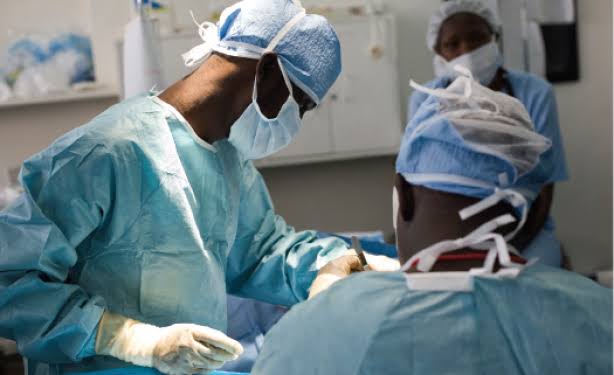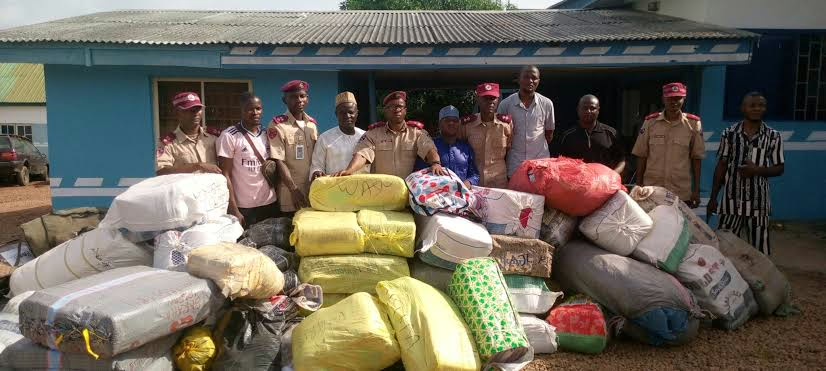The Nigeria Centre for Disease Control says it will continue to work closely with states affected by the Lassa fever outbreak in the midst of the novel Coronavirus outbreak.
It said the move was to ensure that the 95 confirmed cases of Lassa fever in some states across the country within the week were effectively managed.
Dr Chikwe Ihekweazu, Director-General of the NCDC, told the News Agency of Nigeria on Saturday in Abuja that the 95 established cases were the highest number of confirmed cases in a single week.
“This reporting week, NCDC managed a record number of 95 cases. This was possible through collaborative efforts across states with coordination from us,” he said.
Get the latest news at your fingertips by Downloading our news App via Google Play Store
Ihekweazu said that as of Jan 26, a total of 258 confirmed cases and 41 deaths were reported from 19 states since the beginning of the year.
According to him, of the confirmed new cases, 89 are from Edo, Ondo, and Ebonyi States with 38 per cent each from Edo and Ondo, and Ebonyi having 11 per cent.
He said that NCDC had continued to support states in responding to the outbreak including the deployment of Rapid Response Teams to support affected states.
“The NCDC, through its National Reference Laboratory (NRL), Gaduwa, collaborates with 37 laboratories divided into five laboratory networks for the diagnosis of epidemic-prone diseases across Nigeria.
“Currently there are five Lassa fever laboratories in this network. Three of these laboratories are situated in states where we recorded the highest number of cases- Edo, Ondo and Ebonyi.
Despite the increase in the number of cases, the overall case fatality rate (CFR) for 2020 is lower at 15.9 per cent compared to the same period in 2019 which was 19.7 percent,” he stated.
The NCDC boss attributes the seasonal rise in Lassa fever cases to ecological factors and the presence of rats in the environment which could transmit the virus.
According to him, this is also the case for other African countries with similar context.












Leave a Reply